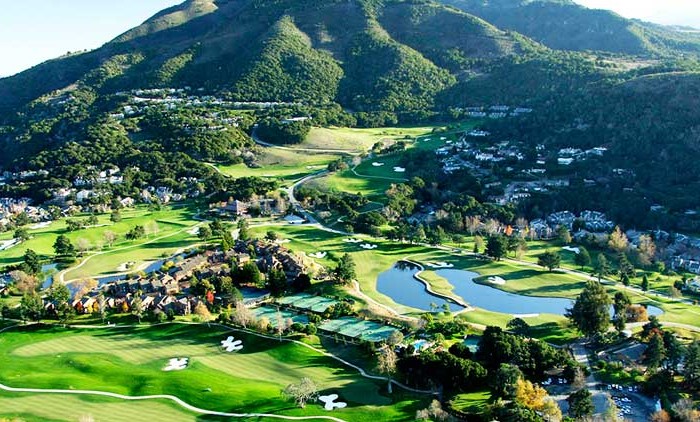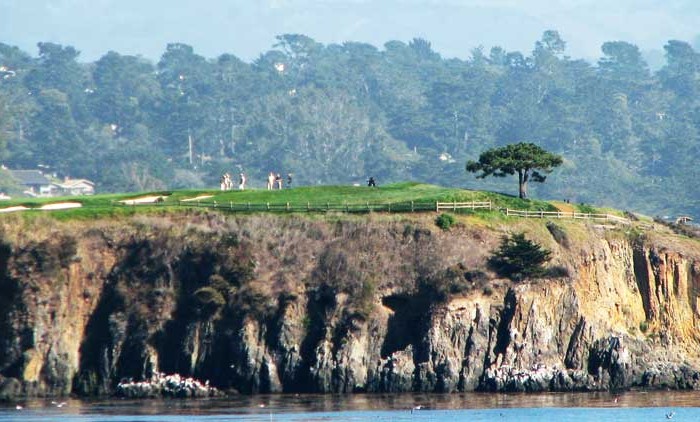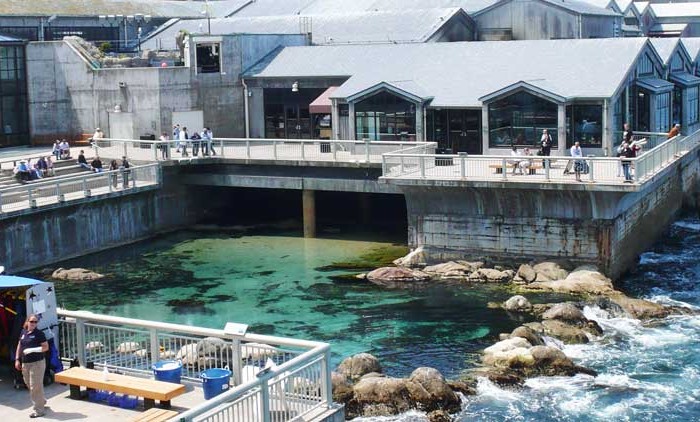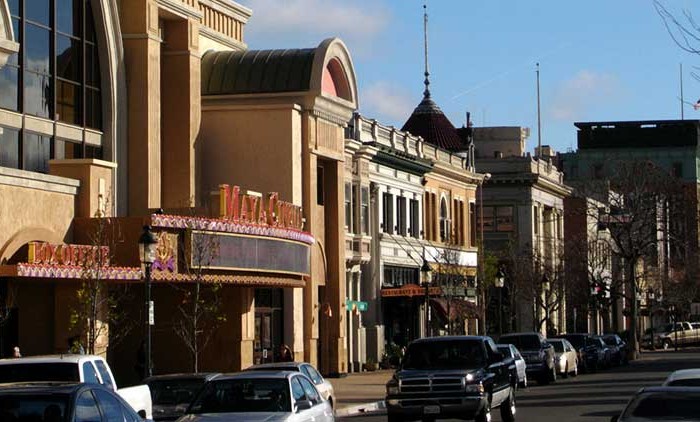Homes, condos and land for sale and rent in Salinas, CA
In 1848 California officially became a part of the United States of America, following several years of battles in the Salinas area with John Fremont flying the American flag on the highest peak of the Gabilan Mountains and claiming California for the United States. Before this time, Monterey was the capital of California and had been under military rule after the signing of the Treaty of Guadalupe-Hidalgo at the end of the Mexican-American war.
In the 1850s a junction of two main stage coach routes was located 18 miles east of Monterey and along the big bend of what is locally referred to as the Alisal Slough.[15] The typically dry run-off features of this area, which may occasionally contain moist soils or marshes, are often referred to in California geographic toponymy as “sloughs,” which word is pronounced similarly to the word “slew.”
The area was originally home to the Salinan Indians. In the half century between 1769 and 1823 the Spanish Franciscans established 21 missions along the California coast, including the nearby Mission San Miguel Arcángel, and Mission San Luis Obispo de Tolosa. In 1821, Mexico won its independence from Spain, and California became a Mexican province. In 1833, the Mexican government secularized the mission lands. Mexican Governor Juan Alvarado granted Rancho Atascadero to Trifon Garcia in 1842, and Pio Pico granted Pedro Estrada Rancho Asuncion in 1845. Patrick Washington Murphy held ownership of 61,000 acres (25,000 ha) at one time.
Edward Gardner Lewis, a magazine publisher from the East, founded Atascadero in 1913 as a utopian, planned colony. He had previously created such a community, at University City, Missouri. After purchasing the Atascadero Ranch in 1912, Lewis put together a group of investors, paid J.H. Henry $37.50 per acre ($93/ha), and celebrated acquisition of the ranch on July 4, 1913. As investors came to homestead the land that they had bought with their down payments, the area was transformed into a “tent city” with tents situated on land now occupied by Century Plaza and Bank of America. Lewis employed the services of experts in agriculture, engineering and city planning to develop his dream colony for the anticipated 30,000 residents. In 1914 the land was surveyed and subdivided. Thousands of acres of orchards were planted, a water system was installed, and construction began on an 18 mi (29 km) road (now Highway 41 west) through the Santa Lucia Mountains to the ocean (Morro Bay), where Lewis built cottages and a beachfront hotel called the Cloisters.
Prior to mass agricultural and urban development, much of the city consisted of rolling hills bisected by wooded creeks and interspersed with marsh land. Today, the city is located mostly on leveled ground, with some rolling hills and wooded gulches with creeks remaining in the north-eastern Creekbridge and Williams Ranch neighborhoods, as well as the Laurel Heights section of East Salinas.[30] The natural ecosystems accompanying the area’s topography and environment have been recreated in Natividad Creek Park and adjacent Upper Carr Lake.
The city rests about 18 meters (59 feet) above sea level, and it is located roughly eight miles from the Pacific Ocean. The Gabilan and Santa Lucia mountain ranges border the Salinas Valley to the east and to the west, respectively. Both mountain ranges and the Salinas Valley run approximately 90 miles (145 km) south-east from Salinas towards King City.
The Salinas River runs the length of the Salinas Valley and empties into the Pacific Ocean at the center of the Monterey Bay. During the summer months the river flows partially underground and it is this extensive underground aquifer that allows for irrigation of cropland in an area without much annual rainfall.
The Census reported that 147,976 people (98.4% of the population) lived in households, 658 (0.4%) lived in non-institutionalized group quarters, and 1,807 (1.2%) were institutionalized.
There were 40,387 households, out of which 21,435 (53.1%) had children under the age of 18 living in them, 21,380 (52.9%) were opposite-sex married couples living together, 6,835 (16.9%) had a female householder with no husband present, 3,300 (8.2%) had a male householder with no wife present. There were 3,271 (8.1%) unmarried opposite-sex partnerships, and 271 (0.7%) same-sex married couples or partnerships. 6,895 households (17.1%) were made up of individuals and 2,587 (6.4%) had someone living alone who was 65 years of age or older. The average household size was 3.66. There were 31,515 families (78.0% of all households); the average family size was 4.05.
The population was spread out with 47,180 people (31.4%) under the age of 18, 18,049 people (12.0%) aged 18 to 24, 44,978 people (29.9%) aged 25 to 44, 28,976 people (19.3%) aged 45 to 64, and 11,258 people (7.5%) who were 65 years of age or older. The median age was 28.8 years. For every 100 females there were 102.1 males. For every 100 females age 18 and over, there were 100.8 males.
There were 42,651 housing units at an average density of 1,837.1 per square mile (709.3/km²), of which 18,198 (45.1%) were owner-occupied, and 22,189 (54.9%) were occupied by renters. The homeowner vacancy rate was 2.5%; the rental vacancy rate was 4.6%. 65,108 people (43.3% of the population) lived in owner-occupied housing units and 82,868 people (55.1%) lived in rental housing units.
School districts
Salinas has seven school districts serving the city core and adjacent unincorporated areas. The largest school district in Salinas is the Salinas Union High School District (grades 7-12) with 13,578 students enrolled in 10 campuses. The Salinas City Elementary School District is the largest elementary school district in Salinas, with 13 schools and 7,954 students. Other districts include Santa Rita Union Elementary School District, Graves Elementary School District, Washington Union School District, Lagunita School District, and Alisal Union School District.
Higher education
Opportunities for higher education in Salinas include Hartnell College.
Other cities in Monterey County
Carmel Valley Village Real Estate for sale and rent
Homes, condos and land for sale and rent in Carmel Valley, CA Carmel Valley Village (also known as Carmel Valley for short) is a census-designated place (CDP) in Monterey County, California, United States. At the [...]
Pebble Beach Estate for sale and rent
Homes, condos and land for sale and rent in Pebble Beach, CA Pebble Beach is an unincorporated community on the Monterey Peninsula in Monterey County, California. It lies at sea level. In addition to being [...]
Monterey Real Estate for sale and rent
Homes, condos and land for sale and rent in Monterey, CA The City of Monterey in Monterey County is located on the southern edge of Monterey Bay, in the Northern Portion of California's Central Coast. [...]
Salinas Real Estate for sale and rent
Homes, condos and land for sale and rent in Salinas, CA The land currently occupied by the city of Salinas is thought to have been settled by Native Americans known as the Esselen prior to [...]



